The Evolution of the Nike Shoe
Since the '60s, Nike has revolutionized its shoe design. From the first sneakers to the "Oprah" shoe, see how they have evolved!
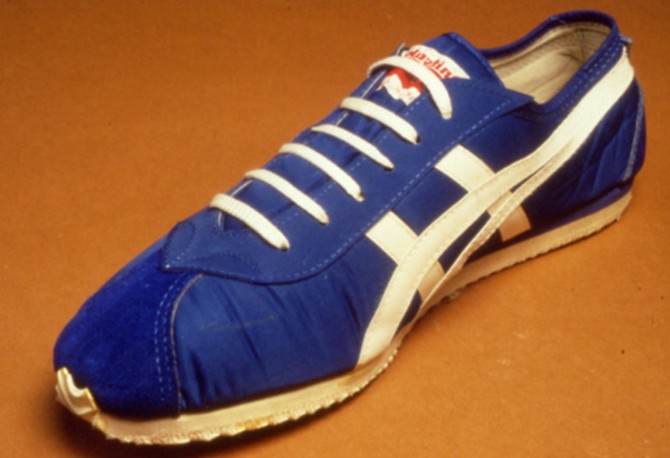
1964
Nike founder Phil Knight reached a deal with Onitsuka Company, a Japanese shoe manufacturer, to allow him to distribute their Tiger running shoes in the Western United States. His first shipment of Tiger shoe samples arrive in January 1964.
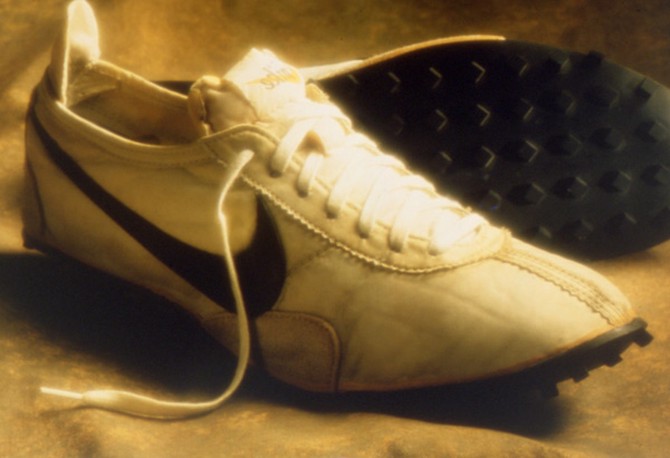
1972
Blue Ribbon Sports, which later became Nike, unveils "Moon Shoes," featuring co-founder Bill Bowerman's Waffle sole, for athletes competing at the Eugene (Oregon) Trials in June 1972. T-shirts featuring a lowercase "nike" script logo, designed by Carolyn Davidson, cause many to ask, "Who's Mike?" Marathoner Jeff Galloway is the first athlete to wear Nike shoes across a finish line in competition.
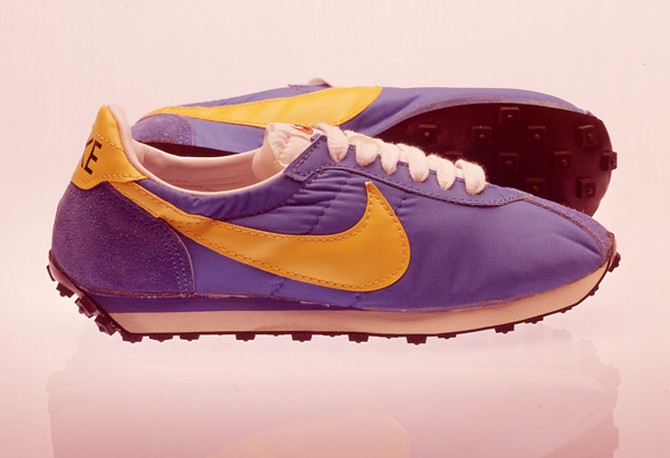
1974
The Waffle Trainer is introduced, featuring Bill's famous Waffle outsole. It quickly becomes the best-selling training shoe in the country.
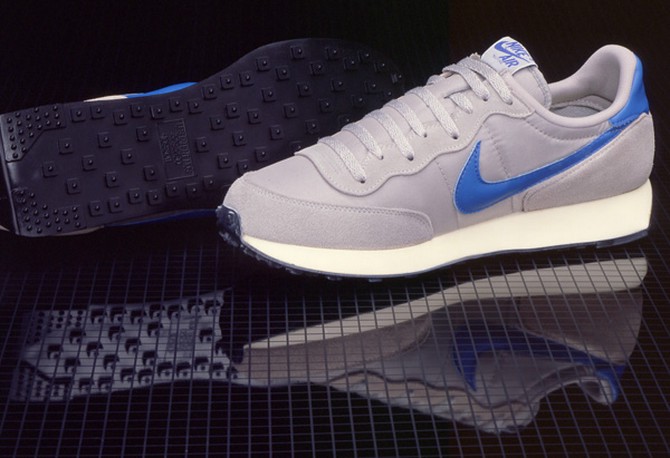
1979
After a limited release in Hawaii timed with the Honolulu Marathon on November 30, 1978, Nike introduces the Tailwind in early 1979. This is the first running shoe with Nike Air, the technologically advanced, patented Air-Sole cushioning system. Nike's Exeter research and design lab creates the first outsole mold using computer-aided design on March 1, 1979.
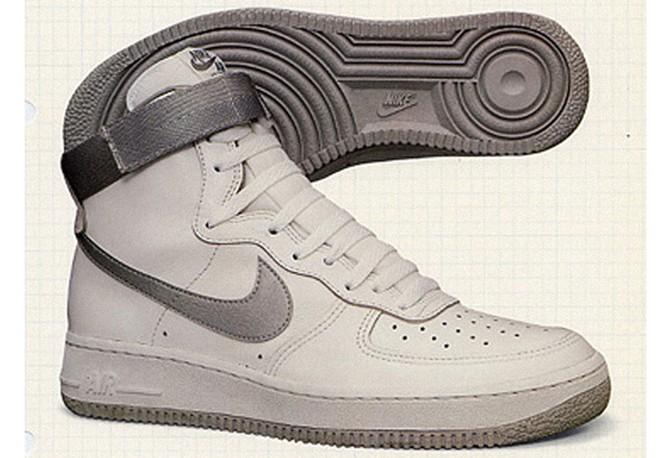
1982
The Air Force 1 basketball shoe is introduced, the first Nike basketball shoe to incorporate Nike Air cushioning technology.
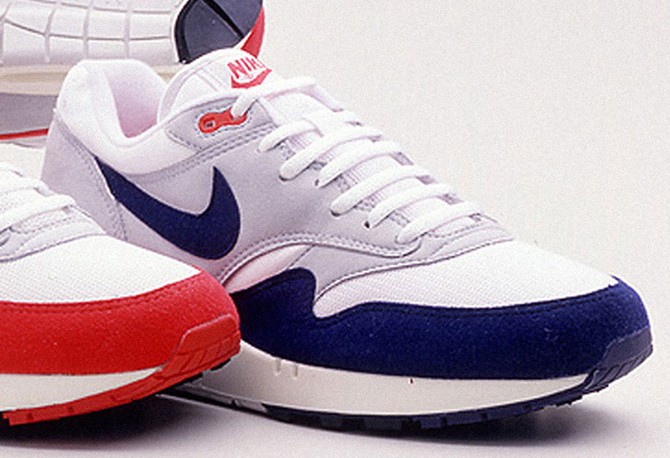
1987
The Air Max shoe, giving athletes their first look at Nike Air cushioning, is introduced by the controversial Revolution ad campaign. Nike manages to license the Beatles' hit song of the same name, an unprecedented move.
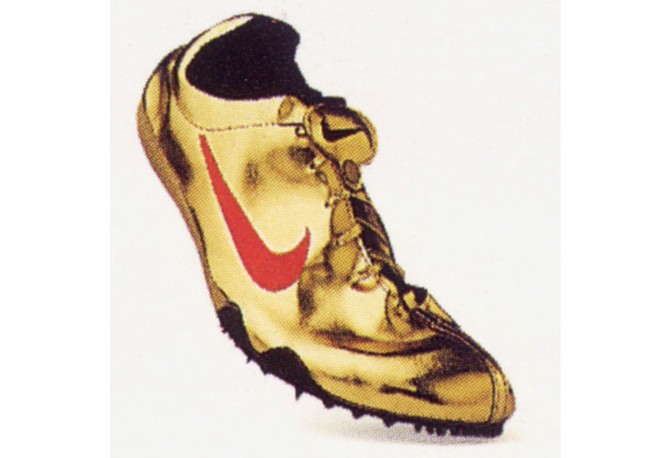
1996
Track star Michael Johnson's famous gold spikes, weighing in at only three ounces, help him win the 200m and 400m gold at the 1996 Olympic Games. Carl Lewis, Gail Devers and other Nike-partner athletes win their own gold in Atlanta.
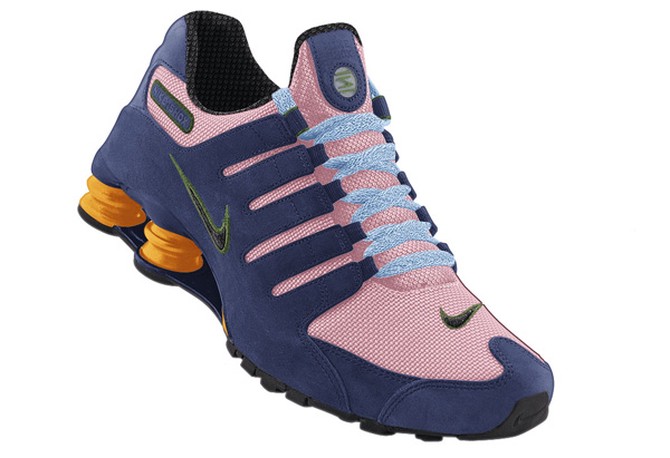
2000
After 16 years of stop-and-go research and development, Nike unveils a radically different cushioning technology—Nike Shox. Using materials used for the engine mounts of race cars, designers are able to provide stable, spring-like pillars of resistance for a new generation of runners.
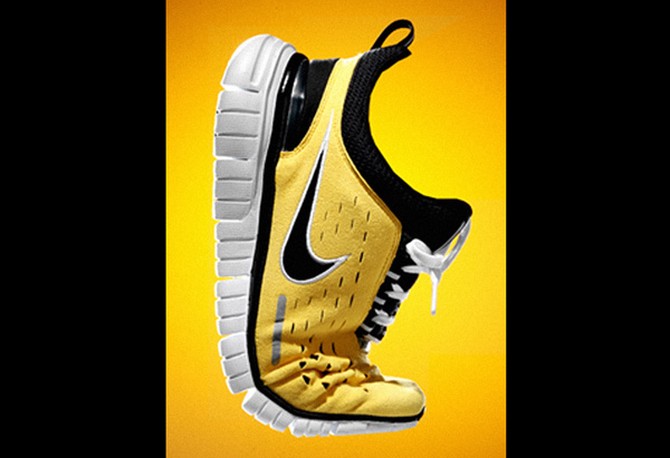
2005
The latest technological advance from Nike gets its cue from bare feet. Nike Free launches, providing runners with footwear that emulates the leg-strengthening benefits of barefoot running.
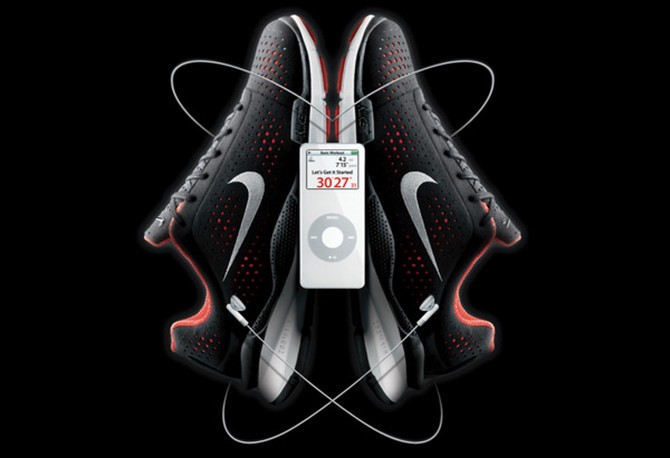
2006
The physical act of running meets the digital world of technology when Nike and Apple team up to launch Nike+. Thanks to one small sensor in a classic running shoe, Nike+ makes music, biofeedback and data collection as fundamental to running as the shoes themselves.
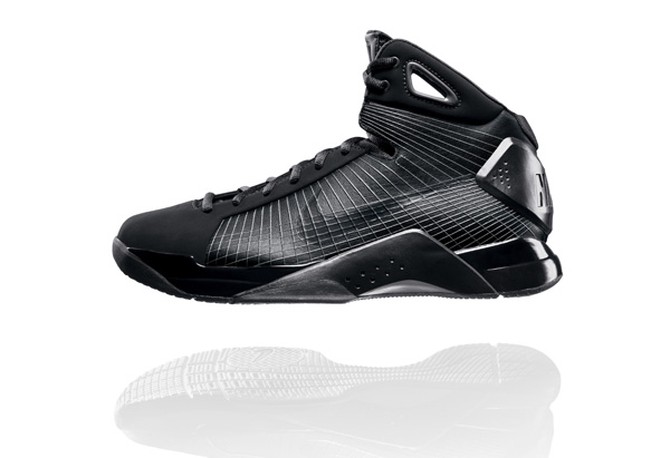
2008
Just in time for the 2008 Olympic Games, Nike releases its most innovative, lightest footwear yet. Flywire is a revolutionary new technology that utilizes high-strength threads that act like cables on a suspension bridge to place support precisely where a foot needs it. Flywire and Lunarlite technology have reduced footwear weight by up to 18 percent.
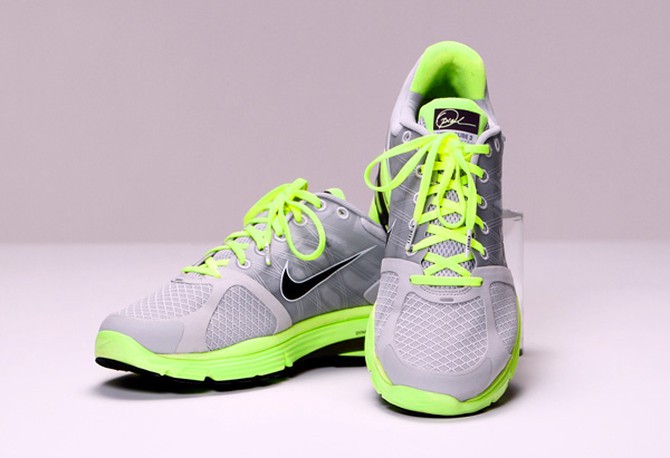
Photo: George Burns/Harpo Studios
2011
In April 2011, Phil gave Oprah a custom pair of Nike's LunarGlide sneakers during his first appearance on The Oprah Show. The white-and-lime-green shoe features an image of Oprah's favorite tree inside the sole, and the laces have both "Knight" and "Winfrey" printed on them. "This is going to make me want to go work out right now," Oprah says. "This is fantastic!"
The box the shoes came in was constructed from part of a school's gymnasium floor. Inside the box, Phil has inscribed one of his favorite Oprah quotes: "I still have my feet on the ground. I just wear better shoes."
The audience also went home with these custom sneakers—they will not be available to the public.
More from the show
Meet the man behind the Nike brand
Tour Nike's world headquarters
Lance Armstrong surprises Phil on The Oprah Show
The box the shoes came in was constructed from part of a school's gymnasium floor. Inside the box, Phil has inscribed one of his favorite Oprah quotes: "I still have my feet on the ground. I just wear better shoes."
The audience also went home with these custom sneakers—they will not be available to the public.
More from the show
Meet the man behind the Nike brand
Tour Nike's world headquarters
Lance Armstrong surprises Phil on The Oprah Show
Published 04/26/2011

